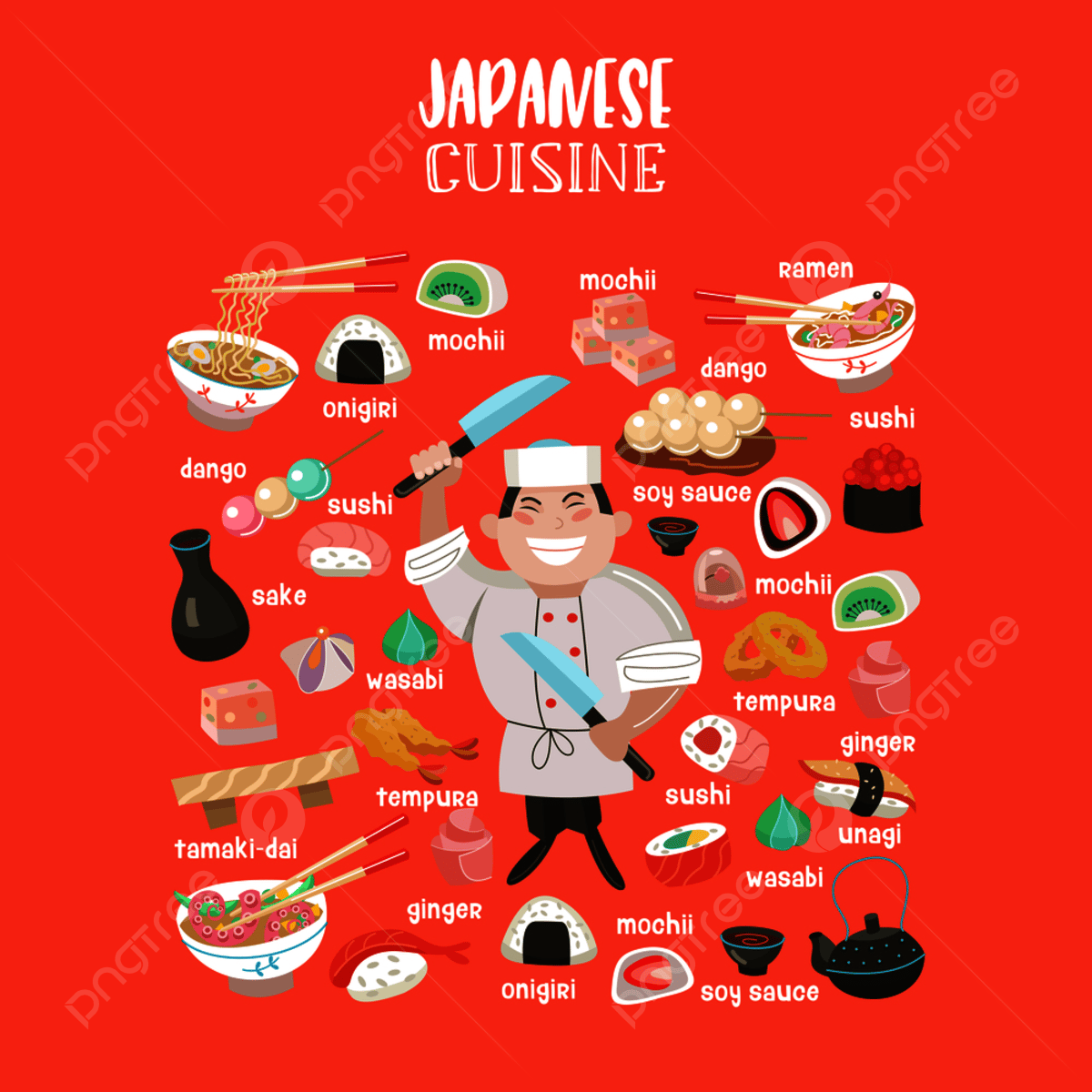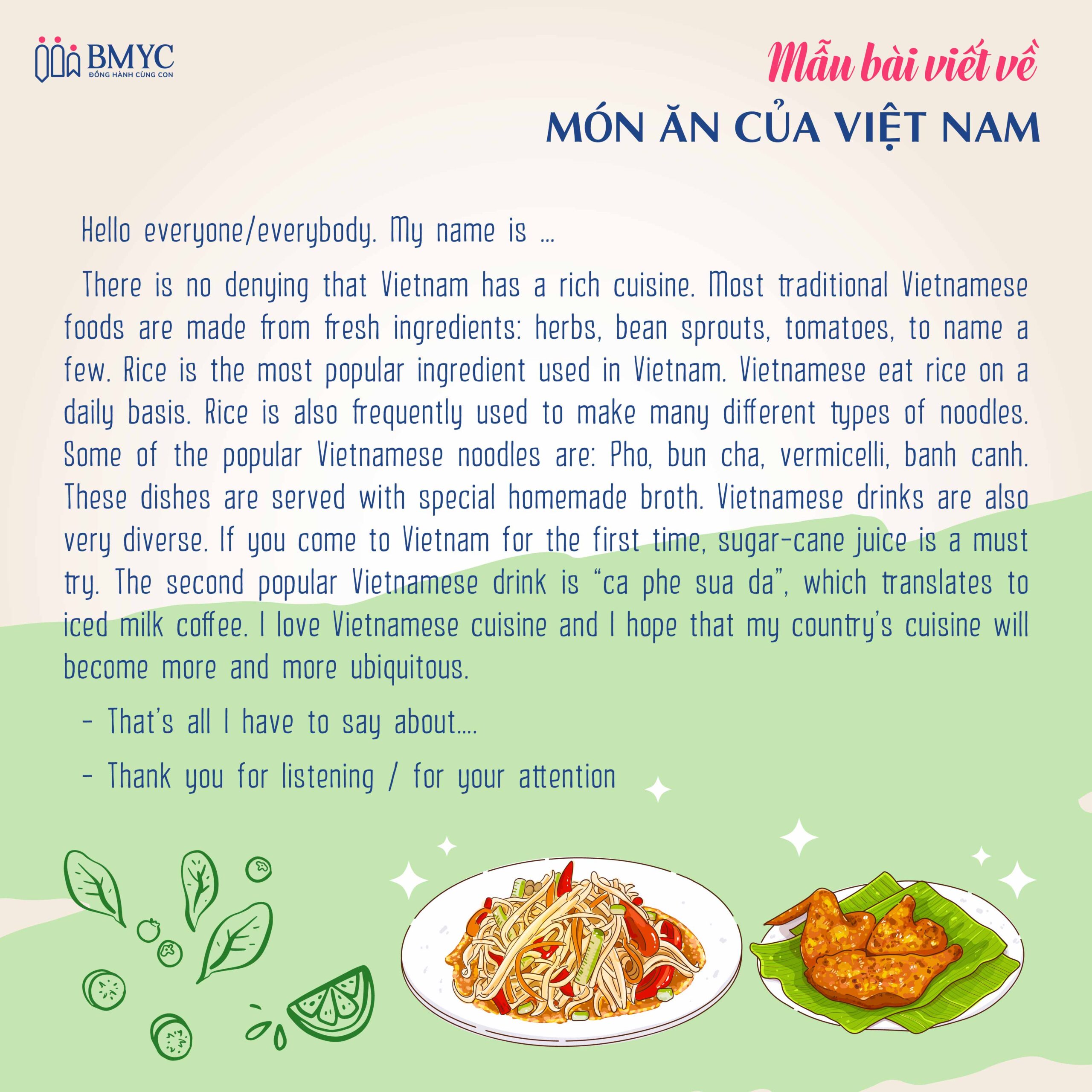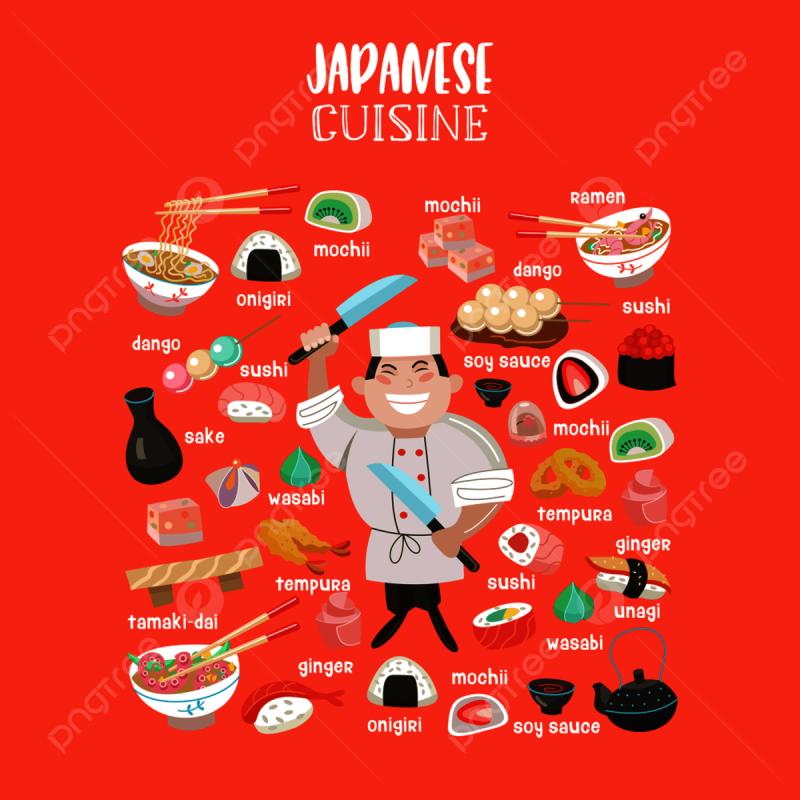No products in the cart.
Blog
Khám Phá ẩm Thực Nhật Bản: Từ Chợ Hải Sản đến Bàn ăn
[

Khám Phá Ẩm Thực Nhật Bản: Từ Chợ Hải Sản đến Bàn Ăn

Introduction:

Japan, a land of ancient traditions and modern marvels, boasts a culinary landscape as diverse and captivating as its scenery. From the bustling fish markets of Tokyo to the serene tea ceremonies of Kyoto, Japanese cuisine is a journey for the senses, a testament to fresh ingredients, meticulous preparation, and a deep respect for seasonality. This exploration delves into the heart of Japanese gastronomy, guiding you from the vibrant chaos of the seafood markets to the refined elegance of the dining table, uncovering the secrets and delights that make Japanese food so uniquely captivating. Prepare to embark on a culinary adventure unlike any other!
Chợ Cá: Trái Tim của Ẩm Thực Nhật Bản
The fish markets of Japan are more than just places to buy seafood; they’re vibrant hubs of activity, a spectacle of color, sound, and the freshest catches of the day. Witnessing the auction is a must-do experience, a frenetic dance of bids and gestures that sets the price for the day’s bounty. The energy is infectious, and the sheer variety of seafood is breathtaking.
- The Tsukiji Outer Market: A sensory overload of sights, smells, and tastes. Explore countless stalls offering everything from fresh sushi to perfectly grilled seafood. Don’t miss the chance to try some tamagoyaki (sweet rolled omelet).
- The Toyosu Fish Market (Tsukiji’s successor): While less chaotic than its predecessor, Toyosu still offers an impressive tuna auction (reservations required) and a wide array of seafood vendors.
- Seasonal Delights: Japanese cuisine emphasizes seasonality. Explore the market to discover what’s in season and let that guide your culinary choices.
- Sashimi Quality: Learn to identify the highest quality sashimi – look for vibrant color, firm texture, and a glistening surface.
- Preparation Techniques: Observe how fishmongers expertly fillet and prepare the fish, a testament to their skill and knowledge.
- Understanding the Auction: Witnessing the tuna auction is an unforgettable experience, providing insight into the industry and the price-setting process.
Sushi & Sashimi: Nghệ Thuật của Sự Hoàn Hảo
Sushi and sashimi are synonymous with Japanese cuisine, but understanding their nuances elevates the dining experience. Sushi, often misunderstood as just raw fish, encompasses a wider range of preparations, including vinegared rice, various toppings, and artful presentation. Sashimi, on the other hand, focuses solely on the freshness and quality of the raw fish, showcasing its natural flavor.
- Rice Quality: The foundation of good sushi is high-quality rice, perfectly seasoned with rice vinegar, sugar, and salt.
- Fish Selection: The quality of the fish is paramount. The best sushi and sashimi utilize impeccably fresh, seasonal fish.
- Preparation Techniques: The precise cutting and arrangement of the fish are crucial aspects of sushi and sashimi preparation.
- Types of Sushi: Explore the various types of sushi, from nigiri (fish on rice) to maki (rolled sushi) to uramaki (inside-out rolls).
- Wasabi and Soy Sauce: Learn how to properly use wasabi and soy sauce to enhance, not overpower, the flavor of the fish.
- Etiquette: Familiarize yourself with basic sushi etiquette for a more enjoyable and respectful dining experience.
Ramen: Một Câu Chuyện trong Từng Bát
Ramen, a seemingly simple dish, is a culinary masterpiece in its own right. Far from instant noodles, authentic ramen involves a complex broth, often simmered for hours, perfectly cooked noodles, and a variety of toppings. The subtle variations in broth, noodles, and toppings offer a vast range of flavor profiles, reflecting regional differences and chef creativity.
- Broth Types: Explore different broth styles, such as tonkotsu (pork bone), shoyu (soy sauce), miso, and shio (salt).
- Noodle Types: Discover the different types of noodles and their textures, from thin and delicate to thick and chewy.
- Toppings: Ramen’s versatility shines in its toppings, from chashu pork to soft-boiled eggs to menma (fermented bamboo shoots).
- Regional Variations: Ramen varies greatly from region to region in Japan, each with its own unique style and characteristics.
- Finding the Best Ramen: Do your research to find highly-rated ramen shops in your chosen area; every shop has its unique recipe and style.
- Ordering Etiquette: Understand the basic ordering etiquette in ramen shops, often involving ticket machines and specific requests.
Tempura & Yakitori: Sự Kết Hợp giữa Nghệ Thuật và Hương Vị
Tempura and yakitori represent two distinct yet equally captivating styles of Japanese cooking. Tempura showcases the delicate art of lightly frying seafood and vegetables in a light batter, resulting in a crispy exterior and tender interior. Yakitori, on the other hand, focuses on grilling small pieces of meat, primarily chicken, over charcoal, imparting a smoky and savory flavor.
- Tempura Batter: The secret to perfect tempura lies in the batter, which requires skill and precision to create a light and crispy texture.
- Frying Technique: The temperature of the oil and the frying time are crucial for achieving the optimal level of crispness.
- Dipping Sauces: Tempura is often served with a variety of dipping sauces, each adding its own unique flavor profile.
- Yakitori Variations: Explore the different cuts and marinades of yakitori, from breast meat to thigh meat to organs.
- Grilling Technique: The art of yakitori lies in the precise grilling technique over charcoal, requiring skill and experience.
- Accompanying Sides: Yakitori is often served with various accompaniments, such as pickled ginger or vegetables.
Matcha & Wagashi: Một Trải Nghiệm Thiền Định
Beyond the savory dishes, Japanese cuisine also features the serene and meditative world of matcha and wagashi. Matcha, finely ground green tea powder, offers a unique and vibrant flavor, often served in traditional tea ceremonies. Wagashi, traditional Japanese sweets, are exquisitely crafted confections, often reflecting the beauty of nature through their delicate shapes and colors.
- Matcha Grades: Understand the different grades of matcha, ranging from culinary grade to ceremonial grade.
- Whisking Technique: Learn the proper technique for whisking matcha to create a smooth and frothy beverage.
- Tea Ceremony Etiquette: Familiarize yourself with the basic etiquette of a traditional Japanese tea ceremony.
- Wagashi Types: Explore the various types of wagashi, from mochi (rice cakes) to daifuku (mochi filled with sweet bean paste) to yokan (sweet bean jelly).
- Seasonal Influences: Wagashi often reflect the seasons, using seasonal ingredients and designs.
- Aesthetic Appreciation: Appreciate the artistry and beauty of wagashi, considering their intricate designs and delicate flavors.
Bảng Tóm Tắt:
| Category | Key Aspects | Unique Characteristics | Must-Try Dishes/Experiences |
|---|---|---|---|
| Chợ Cá | Freshness, Variety, Auction | Vibrant Atmosphere, Sensory Overload | Tuna Auction, Fresh Sushi, Tamagoyaki |
| Sushi & Sashimi | Rice Quality, Fish Selection, Preparation | Elegance, Precision, Freshness | Nigiri, Maki, Sashimi Platter |
| Ramen | Broth, Noodles, Toppings | Regional Variations, Comfort Food | Tonkotsu Ramen, Shoyu Ramen, Miso Ramen |
| Tempura & Yakitori | Frying Technique, Grilling Technique | Crispy Texture, Smoky Flavor | Ebi Tempura, Yakitori Skewers (various meats) |
| Matcha & Wagashi | Tea Ceremony, Seasonal Influences | Serenity, Artistic Presentation, Natural Flavors | Matcha Latte, Mochi, Daifuku, Yokan |
Conclusion:
Exploring Japanese cuisine is more than just a culinary journey; it’s an immersion in culture, tradition, and artistic expression. From the frenetic energy of the fish markets to the refined elegance of a tea ceremony, each aspect showcases the passion, precision, and respect that define Japanese gastronomy. By understanding the ingredients, the techniques, and the cultural context, you can truly appreciate the depth and beauty of this unique and captivating culinary landscape. So, embark on your own culinary adventure, and savor the extraordinary flavors of Japan.
Keywords: Japanese Cuisine, Sushi, Ramen, Tempura, Matcha
]


Bài viết hay quá! Hình ảnh đẹp lung linh, đọc xong muốn đặt vé đi Nhật ngay và luôn! Mình thích nhất phần giới thiệu chợ hải sản, sống động quá!
Tệ thật sự! Nhiều thông tin thiếu chính xác, hình ảnh thì mờ nhạt. Mình thất vọng vô cùng.
Thêm thông tin về giá cả món ăn nữa thì bài viết sẽ hoàn chỉnh hơn. Mình thấy phần mô tả món ăn hơi sơ sài.
Tôi không đồng ý với quan điểm của tác giả về sushi. Sushi ngon hay không phụ thuộc vào nhiều yếu tố, không chỉ đơn giản như bài viết đã nêu!
Ôi, khám phá ẩm thực Nhật Bản à? Hay thật đấy! Nhưng mà… hình như mình thấy bài viết này ở đâu rồi thì phải…?
Bài viết hay lắm, đọc xong mình đói bụng quá trời! Tuyệt vời! Nhưng mà… tác giả có quên nhắc đến việc… vệ sinh an toàn thực phẩm không nhỉ?
Haha, đọc xong bài viết mà mình tưởng tượng ra cảnh mình đang ngồi ở Nhật Bản ăn hải sản tươi rói! Tuyệt cú mèo!
Bài viết khá chi tiết và đầy đủ thông tin. Tuy nhiên, một số đoạn văn hơi dài dòng, cần rút gọn lại cho dễ đọc hơn.
Mình thích cách tác giả miêu tả không gian ẩm thực Nhật Bản. Thật sự rất cuốn hút và hấp dẫn. Tuyệt vời!
Bài viết này… thật sự là… khá là… tạm được. Có thể tốt hơn nữa nếu có thêm hình ảnh minh họa rõ ràng hơn.
Tuyệt vời! Rất bổ ích! Nhưng mà… sao hình ảnh chất lượng hơi kém vậy ta? Chỉnh sửa lại cho đẹp hơn nha tác giả!